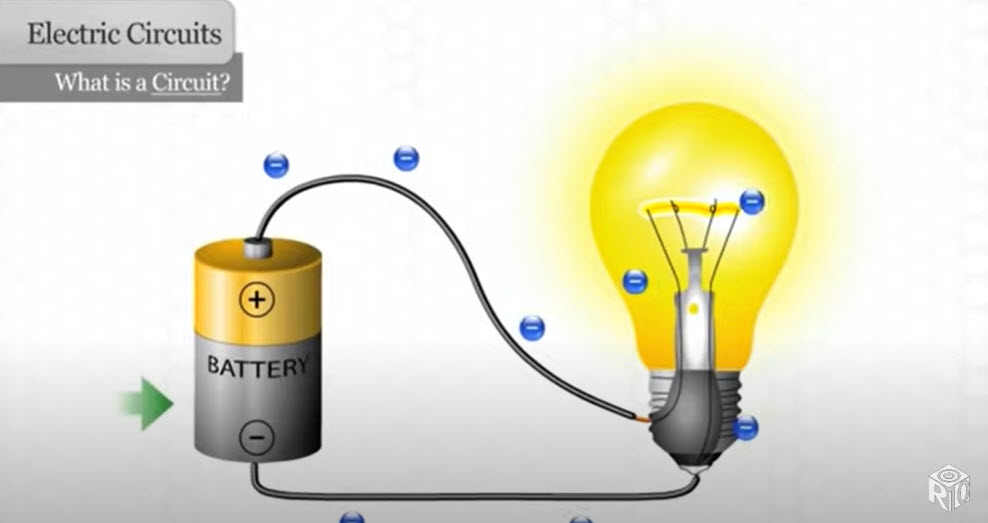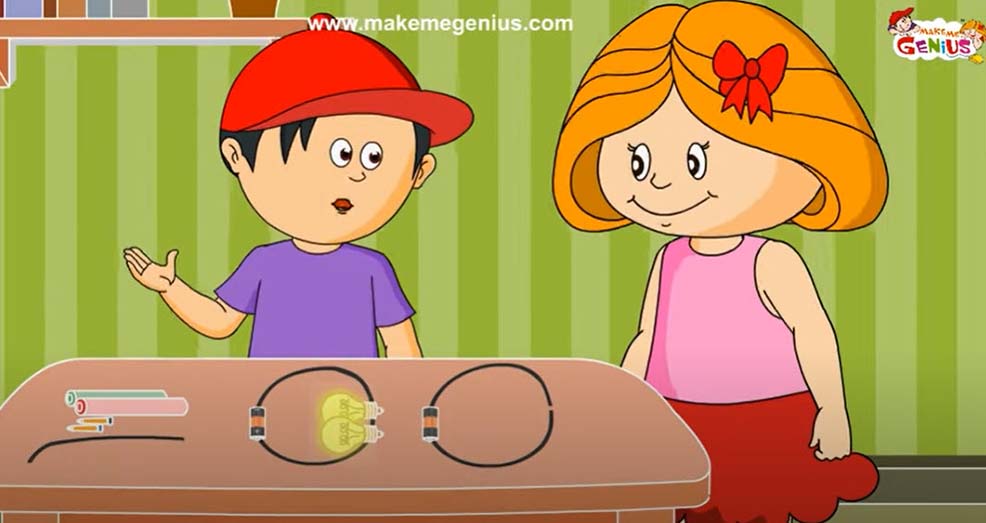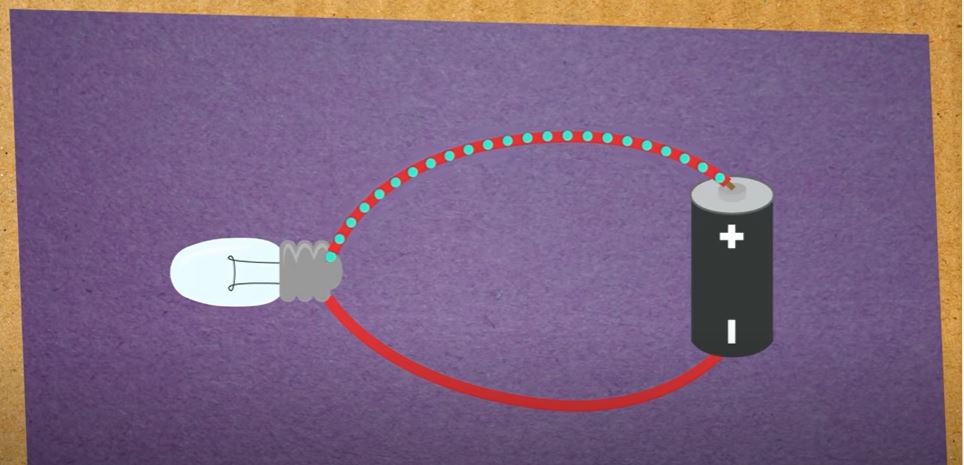Standards
Science – SC.5.P.10.4
Investigate and explain that electrical energy can be transformed into heat, light, and sound energy, as well as the energy of motion.
Big Idea(s)
Forces and Changes in Motion
- It takes energy to change the motion of objects.
- Energy change is understood in terms of forces–pushes or pulls.
- Some forces act through physical contact, while others act at a distance.
Essential Question
- How does energy have the ability to work or cause change?
Vocabulary
Energy • Potential Energy • Circuit • Positive Charge • Negative Charge • Reaction • Electrons • Current • Electricity • Simple Circuit • Battery • Complete Circuit • Incomplete Circuit • Attraction • Power Stations • Turbines • Generators • Volt • Megawatt • Fuse • Static Electricity • Amperes (amps)
Background Information
Electricity comes from the wind, the sun, water, power stations, and believe it or not, even animal waste!
Electricity is a type of energy that can build up in one place or flow from one place to another. When electricity gathers in one place it is known as static electricity. Static electricity occurs when the flow of energy doesn’t move. On the other hand, electricity that does move is called current electricity. An electric current is measured in amperes, called amps for short.
An electric potential energy is measured in volts. When an electric charge builds up on the surface of an object it makes static electricity. You might get a small electric shock, which is static electricity. This happens when an electric charge is quickly cancelled out by an opposite charge.
There are 2 distinct types of currents – direct current (DC) or alternating current (AC). DC electrons move in a single direction, while AC electrons like to shake it up a bit and change from moving backwards to forward all the time. The electricity you use in your home is AC while DC comes from things like batteries.
www.coolkidfacts.com/electricity-facts/
Guiding Question
What is energy?
Instructional Sequence
Science Lab
Problem Statement:
- How can you make a light bulb turn on using only the materials provided in the inquiry lab?
Fun Facts
Did you know that….
- Michael Faraday, one of the most famous scientists in history, was born in England and is known as the ‘Father of Electricity” for his contribution to the understanding of electromagnetism.
- Electricity travels at the speed of light – more than 186,000 miles per second!
- A spark of static electricity can measure up to 3,000 volts.
- A bolt of lightning can measure up to, 3,000,000 volts – and it lasts less than one second!
- One single lightning bolt can light up 100 powerful lamps for an entire day, or make lots and lots of toast, in fact a couple thousand pieces of toast.
- A lightning bolt can get really, really, hot and reach temperatures of 30,000°C (54,000 °F).
- A 600 megawatt natural gas plant can power about 220,000 homes.
- Electric eels can produce strong electric shocks of around 500 volts. They use this to hunt and to protect themselves too.
- A popular way to create electricity is through something called hydropower. Hydropower is a process where electricity is made by water which spins turbines attached to generators.
- Electricity always tries to find the easiest “path of least resistance” to the ground.
- Natural gas is the most common way electricity is made in the United States.
- The first power plant – owned by Thomas Edison – opened in New York City in 1882.
Inquiry Type
- Brain Storm
- Class/Group Activity
Teacher Resources
Video: The Power of Circuits
Video: Explaining a Electrical Circuit
Video: Electrical Circuits: Series and Parallel – For Kids



